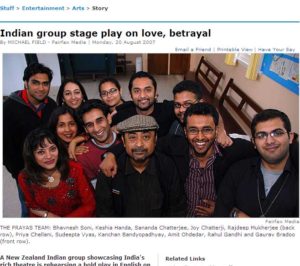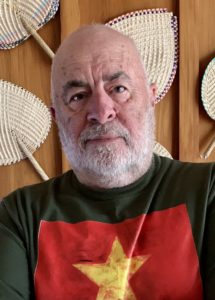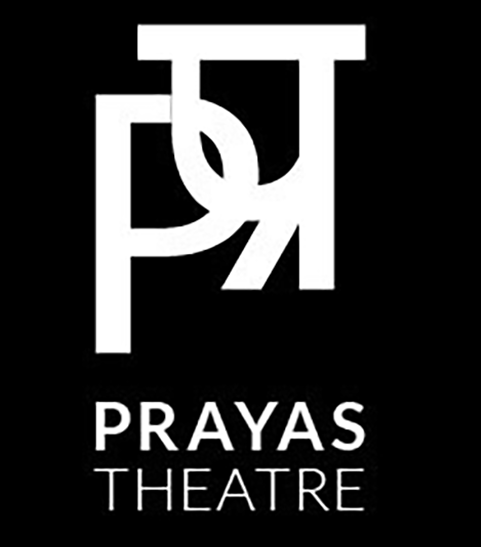Prayas.
Fifteen years ago, I heard about an “Indian group” forming up to do theatre. As a reporter, I thought it would make a useful community story for the company I was working for. Not only was my company on the lookout for local stories, they were starting a new Internet based web service. No one really knew what to do with the thing called “Stuff”.
The story of Prayas coincided usefully with the growth of web based news and features. To do that, photos and words – and later videos – were needed.
As much as I was needing Prayas, Prayas was putting me to work. It was a useful deal as Prayas decided to launch in Auckland with Charandas Chor. It was a great choice, with a simple storyline and colourful costumes.
Rehearsals at various places – from empty church halls to crowded and lively shared school facilities – were always something of a challenge. Things needed to be done, and tempers were occasionally raised.
For me there was no angst over learning lines, or production values or lighting and sound. I took photos and increasingly used them in media around the place. Even in the early days of Prayas, word-of-mouth was not going to be enough to get people onto seats.
Charandas Chor was a great success, each time it had a season. The actors thrived on it, aided by the strong characters and the vivid colour of it all. Audiences loved it.
A measure of its success came with the invitation to perform at the Aotea Centre with Rudali. An improvement on the theatre setting does, of course, sharpen audience expectations. With a wider range of actors, some professional and semi professional, and some not even Indians at all, it did well.
In 2008 there was a curious little thing, Our Street. The Auckland City Council pulled Prayas into a community project and, with a 33 member Tongan band, produced a show based on Indian and Pacifika. Performed in the side hall of Auckland Town Hall, I quietly celebrated the fact that it was neither Indian nor Pacific, but Tāmaki Makaurau.

Through it I found myself with various roles; photography and writing of course, but driving and picking up, cooking and door duties. Food was always a part of Prayas. At one time, I offered to cook for all of Prayas. It was fried rice, as I recall, at The Terrace.
Rohinton Mistry was an absent force on Prayas; his books provided ideas. One was Khoj. It was clever and appreciated. And it led to A Fine Balance. Performed a couple of times, I like the idea but was challenged by what it represented. An India of earlier times, of democratic failure. That, though, is the point of theatre. A Fine Balance was perhaps the best of the work I had much to do with; although I retain a soft spot for Charandas Chor.
There was an intensity about Prayas, even in the early days. Its players were not settling for amateur theatre values; their work was to be the real thing. This worked, mostly, and over the years since attending various productions, it’s plain that Prayas has earned respect in the relatively small theatre community.
For me it’s been an interesting experience being on the inside of a story I had begun reporting from the outside. Prayas, like all theatre, comes with ego, drama, politics and some intense arguments. It’s a tribute to them that for the most part, no matter the intensity, Prayas members perform on the night and come back again for the next production.
There were always spirited debates with Kanchan Bandyopadhyay, Sudeepta Vyas, Rahul Gandhi, Amit Ohdedar and other old hands – people like Monica Mahendru long since returned to India – but so far as I could tell, no egos or personalities were irreparably damaged.
I would be fooling all if I was to say I had no favourite player, no cherished and remembered scene. I do, but as one who worked around the side of it all, and needed cooperation to get things done, it was useful to be silent. No names, no pack-drill.
As the outsider, in a sense, I took much of my pleasure in seeing the thing put together, rather than in each performance. And it was a lot of pleasure.
I’ve long since stopped thinking of it as Indian or ethnic entertainment, it’s theatre, plain and simple.
Michael.

Michael Field

